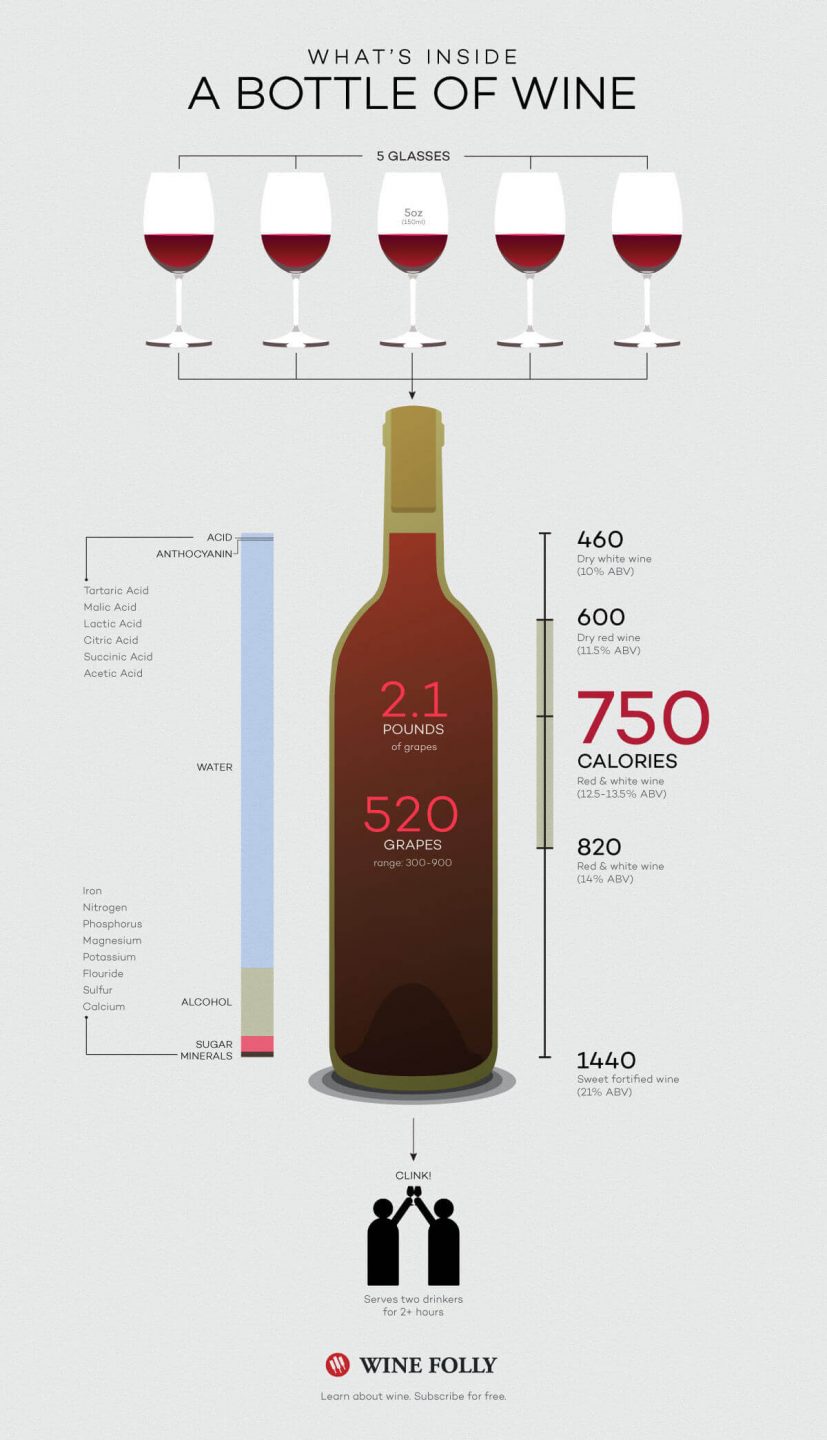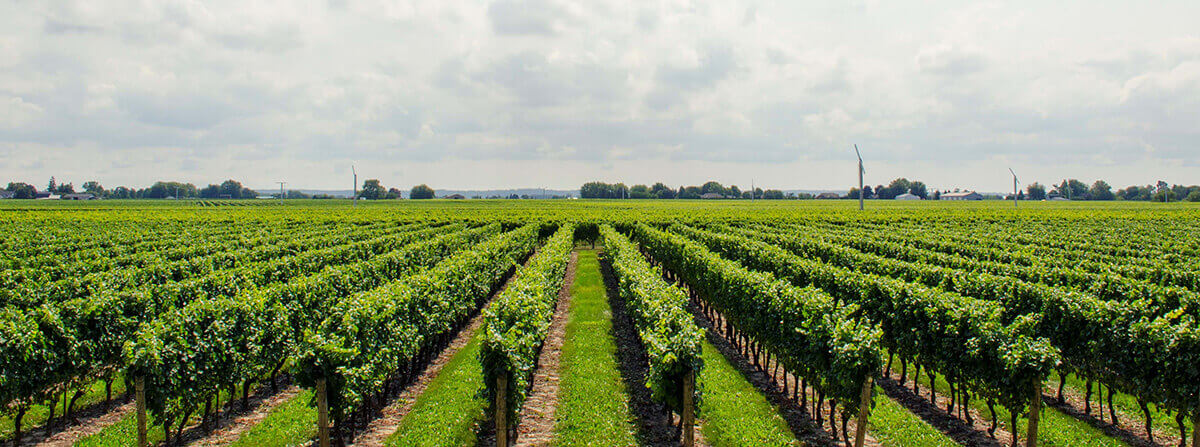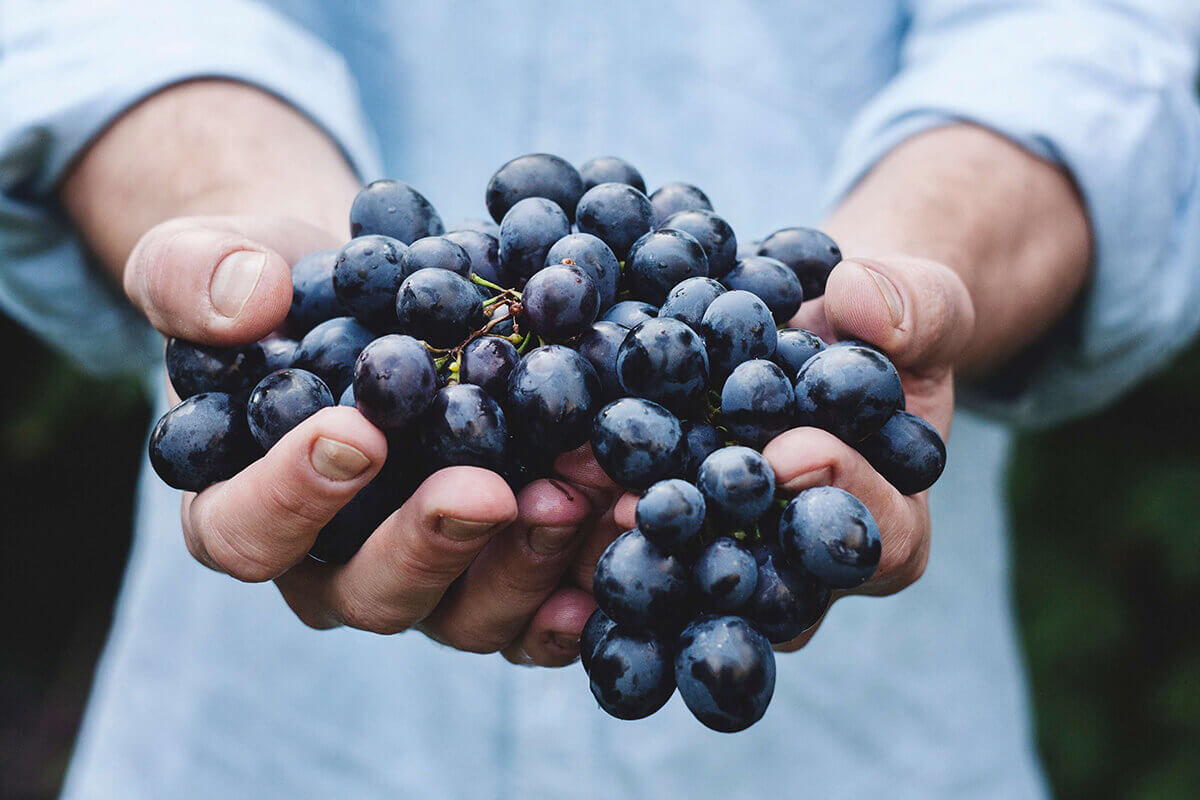Wine. We Drink it. We drink a lot of it. It just so happens that wineries and vineyards happen to be some of the most beautiful places. The dream of owning a winery is one many people have, and few seem to make a reality. How difficult is it to run a vineyard and winery? Here is a peak at one aspect of the process, how wine is made.
Wine Making: The History of Wine
Wine making is no modern feat. It is true that the wine making culture in the United States is a rather modern addition to the world of wine making in the large scheme of things, but winemaking and the wine have been noted as early as 7000 BC. Ancient Greece worshipped Dionysus, the Greek god of wine, who represented the social influences as well as intoxicating power of wine. The Greek historian Thucydides declared,
“The peoples of the Mediterranean began to emerge from barbarism when they learnt to cultivate the olive and the vine.”
From there wine became very much so a part of everyday life in Europe. As the Roman Empire expanded, so did wine producing. Many of these regions are still producing wine to this day! As people began to refine the process, different grape varietals were utilized, and cultivation techniques were perfected. Before too long bottles and barrels were in use, and the wine business we know and love today was not far off.
Today, wine production has been nearly mastered, and technology has eased the process tremendously. So the question for all of us who have merely ingested the delightful drink rather than produce it is: How in the world do you make wine?

For the homebrewer
Winemaking at home is legal in the United States, in case you were wondering, it’s no moonshine. In fact, you can legally produce 100 gallons a year if you live alone, or 200 gallons if you live with others. That’s between .55 gallons and .27 gallons for you to drink a day of your homemade booze. To put that in perspective, 1 bottle of wine is around 25 ounces, and roughly 4-6 glasses of wine. Your production would give the equivalent of between 35 and 70 ounces a day. So, the equivalent of 1 ¼ bottles of wine/day to just under 3 bottles of wine/day. I think they have been quite generous.
Other rules include:
- No sales of the homemade wine
- You must be of legal drinking age to indulge
Here are nine things you need to acquire before you begin your homemade wine:
- Glass Jug (or plastic bottle)
This is for the long term fermentation/aging. Your bottle may not allow oxygen to steep in even the smallest amount. Be sure the jug is free of scratches.
- Rubber Stopper
- Airlock
- Stirrer
- Funnel
- Turkey Baster
- Bottles
- The Siphon
- Sanitizer
For further instructions on the homebrewed wine, visit instructables.

Larger Scale Winemaking
- The Vines
The grapes are the basis of wine, so quality grapes are essential. Now quality entails more that the varietal of course, there is the climate, the weather, the fertilization, and the insects. Then, there is the point in which the grapes are harvested – too early, too ripe, any mistake, or issue will affect the eventual quality and taste of the wine. Harvesting, sorting, destemming and delivered to the winery where there fermentation will begin.
- Fermentation
The grapes get delivered to the winery, where the fermentation vessel awaits. Red and white grapes go through a different, just slightly, process. Red grapes are fermented in their skins. White grapes are pressed, separating their skins from their juice, and then fermented. Now during the fermentation either foot trodden or otherwise squished around the grapes are mixed up and smooshed on a daily basis. This extracts color as well as prevents bacteria.
Foot trodden is a method used by traditional style wineries, otherwise a machine can be used, or even a pole. Another way to do this is to pump wine from the bottom, and pump them over the top of the skins and grapes. This is how oxygen is introduced to the wine, this is necessary for the growth of the yeasts.
Fermentation can occur either in an open tank, or a closed tank with a vent. Either way, carbon dioxide needs a way to escape.
2a. Yeasts
Cultured yeasts can be added at this time. These are sometimes added to aid the winemakers and give them more control over the fermentation process. Many fermentations occur from wild yeasts that are naturally occurring in the vineyard or winery.
- Barreled up
Once fermentation is finished, most red wine is transferred directly to the barrels. There is no standard barrel, they come in all shapes and all sizes. The most common size is somewhere between 225 and 250 litres.
Three types of Oak are commonly used for aging wines.
- American Oak
- French Oak
- Hungarian Oak
- Steel
The choice of oak will determine underlying flavors, for example, American Oak may leave you with the sense of espresso, wood smoke and vanilla. French Oak will leave you with notes of ginger and clove, and Hungarian Oak with banana, toffee and butterscotch.
The older the barrel, and the amount of times it has been used will also change the amount of oak character imparted to the wine.
Steel tanks are used for wines in which the winemaker wishes for no oakyness at all. This helps preserve the fresh fruity characteristics.
- Press
Once fermentation is complete, and the wine has been drained off of the skins, the remaining wine goes through the press in order to extract any remaining skins and stems. There are different types of presses. What comes out after this process is the wine and the marc. The marc can be used for compost.
- Mature
Wines are then matured, this can happen in any cool place with a steady temperature. Barrel halls and underground cellars are particularly great places to mature wines. This process can take anywhere from 6 months to three years. While going through this process, winemakers typically check on the wines at regular intervals.
On occasion wine will be moved from one barrel to another. Sometimes, great caution is taken to avoid any oxygenation, other times the wine is purposefully exposed to oxygen to aid the maturation process.
- All bottled up
At last, the process comes to a close and the wine is ready for the bottling process. Often times the wine is filtered at this point. This leaves you with a bright and clear wine.
There you have it, in the most basic of steps, the process of creating wine. Best of luck!
